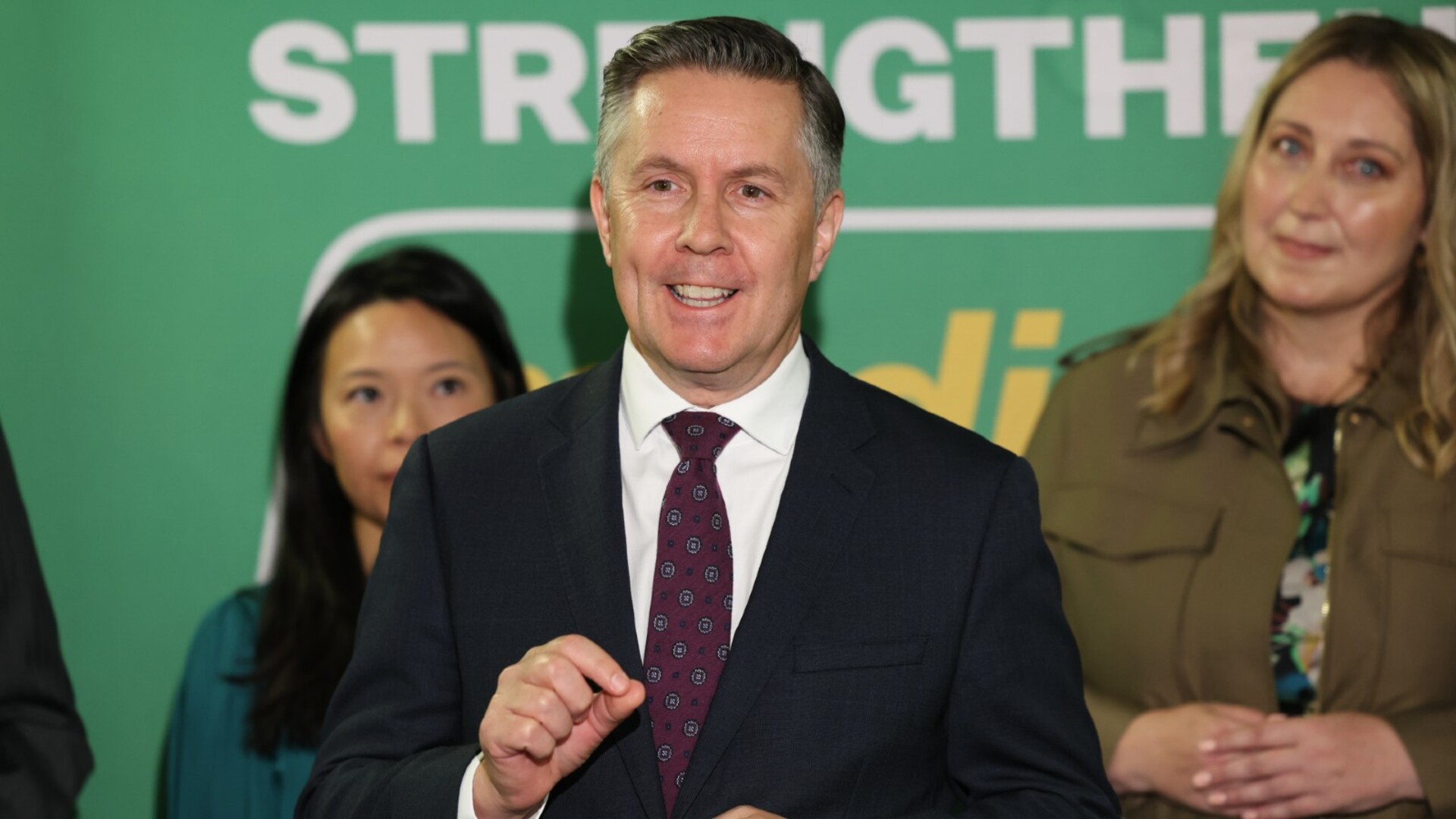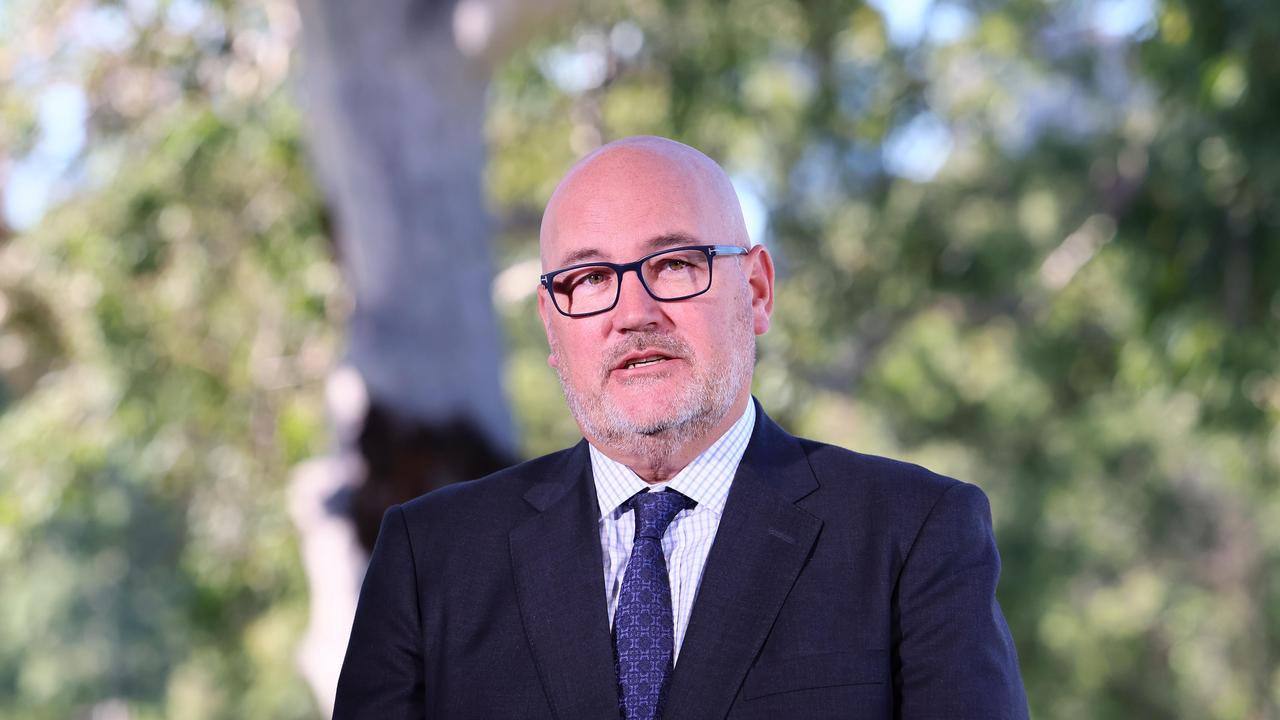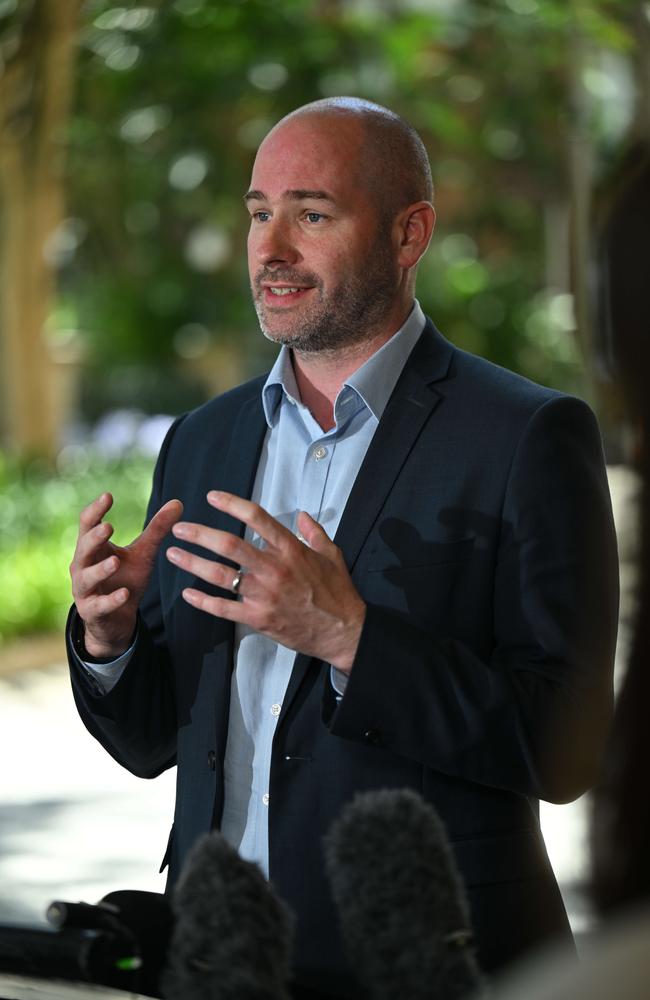Sangster review: Townsville University Hospital upgrades go back to the drawing board
An explosive review has revealed there is no way for the Townsville University Hospital upgrades to be completed to the required level with the funding currently allocated to the project. Here’s why.

Townsville
Don't miss out on the headlines from Townsville. Followed categories will be added to My News.
There is no way for the Townsville University Hospital upgrades to be completed to the required level with the funding currently allocated to the project.
A total rethink of how the project is designed and delivered will need to be completed, with it now estimated to be delivered by 2029 at the earliest – but the state government can’t provide a concrete timeline as to when TUH will be able to meet the needs of the growing community.
The explosive Sangster review has revealed the project, which was initially funded at $530m, is now costed at more than $1bn with calls for the development team to totally re-work the plan moving forward.
Days before Christmas last year, the state government ended its contact with Besix Westpac, who held the tender for the hospital project, resulting in the sacking of some workers from the Townsville office.

The government said they would re-test the market, but no re-tendering process has been completed yet.
Author and infrastructure specialist Sam Sangster’s review of the former Labor government’s $9.8bn health infrastructure plan has revealed it was severely underfunded and labelled it “undeliverable”.
Mr Sangster told the Major Contractors Association breakfast on Wednesday morning that many of the projects were “not clinically fit for the services that they’re trying to actually feed”.

The Sangster review found construction of all 15 projects will face delays – some up to three years – due to a “deeply flawed” procurement process which saw expansions and new builds announced without business cases.
The probe into the TUH upgrades identified multiple issues with the project, including outrageous costings for a carpark – 644 spaces at a cost of $163,000 per space – and serious concerns over masterplanning for traffic management with James Cook University.
The findings reveal that it would be “very unlikely to produce a result” if the project were to be re-tendered with the current design.
“It is most likely that the only way a project can be delivered at the announced budget is to remove substantial amounts of clinical scope,” the report says.

“This is clearly problematic as the required clinical service delivery needs will not be met if significant scope items are (permanently) deleted from scope.”
It is suggested that the project management group will need to go back to the drawing board and develop a plan to deliver the upgrades in stages.
“This immediate replanning should consider the highest clinical priorities and develop an initial stage of development that can be delivered within the present budget envelope,” the report says.
“Whilst this does not provide all the desired clinical spaces to the (Townsville Hospital and Health Service) in the time frame desired, it does begin the expansion and development of the TUH.”
The report says there is no “simple way” to split the current scope and a “revised prioritisation and thinking about alternate models of care” may be needed.
In the report, it is suggested that TUH could rely on the Mater Hospital Townsville and (yet to be completed) West State Hospital in the short-term for additional surgical and bed capacity.

Infrastructure Partnerships Australia CEO Adrian Dwyer said the previous plan was developed in the context of an almost $50bn national health infrastructure pipeline that currently stands at 90 projects.
“What today’s review findings and the Government’s response acknowledge is the reality that was known at the time the projects were announced; that the previous plan was under-scoped and undeliverable,” he said.
Previous modelling by Infrastructure Partnerships Australia showed the volume and sequence of Australia’s health infrastructure pipeline, as it stood in mid-2024, would result in extended periods where the demand for highly technical and specialist occupations far outstripped the supply available.
Opposition Health spokesman Mark Bailey accused Premier David Crisafulli of using the Sangster report to cut and delay hospital builds to “pay for his $7bn budget black hole”.
“These hospitals expansions were based on many years of planning work, including more than 30 business cases and project validation reports flowing from years of expert advice from nurses, doctors, and health professionals,” he said.
Originally published as Sangster review: Townsville University Hospital upgrades go back to the drawing board






